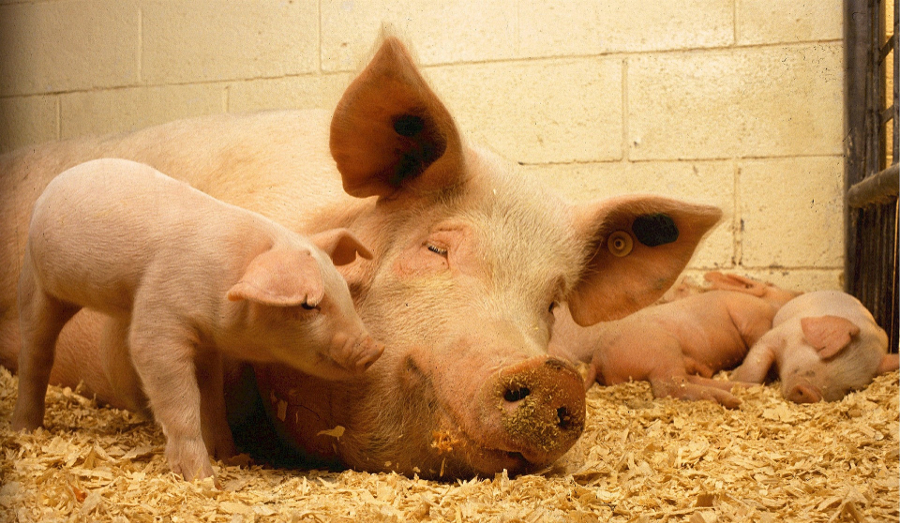It shouldn’t be surprising that different cultures and different regions value different kinds of meat. Barbecue aficionados in the US understand that. Carolina barbecue values pork, with Eastern and Western North Carolina favoring differing cuts; Alabama is known for its barbecue chicken; and Texas barbecue is heavy on beef.
Chinese cuisine is heavy on pork and poultry, with chicken, duck, and pigs playing a major role as protein sources. With China currently suffering from a porcine virus that has obliterated Chinese pig herds, the country is desperate to find a new source of pigs to feed its population.
Thus, despite the ongoing trade war with the US and the Chinese regime’s unwillingness to cut a trade deal, China has been forced to import US pork. That’s why Chinese imports of US pork surged to over 142,000 tonnes in the first week of October, more than seven times the 20,000 tonnes imported in September.
That will have an obvious effect on pork prices in the US, as growing Chinese demand will reduce supplies in the US and raise prices. If you’ve been to the supermarket recently, you’ve probably noticed that prices on pork butts, pork chops, ribs, and tenderloins are higher than they were earlier this year and last year. Those prices won’t be coming down anytime soon, at least not as long as China goes through its crisis.
The big question now is whether President Trump can use China’s newfound reliance on US pork to influence trade negotiations with China. While Chinese farmers are doing their best to counteract the effects of the pig virus, the solution won’t be reached overnight. And hungry people are apt to get ornery. After all, how many revolutions have started because people didn’t have enough bread to eat?
Hungry Chinese are a threat to the Chinese regime’s stability, so don’t be surprised to see the Chinese government making trade concessions in order to keep the flow of hogs coming.
This article was originally posted on Red Tea News.





